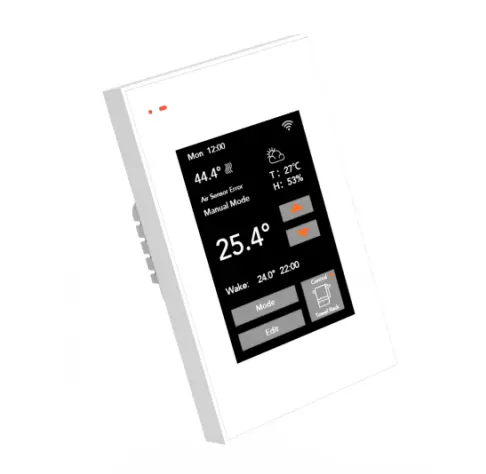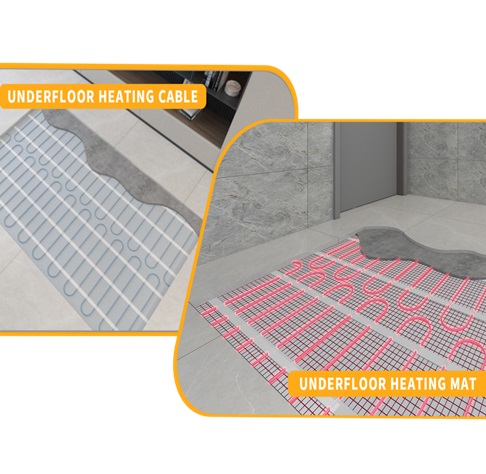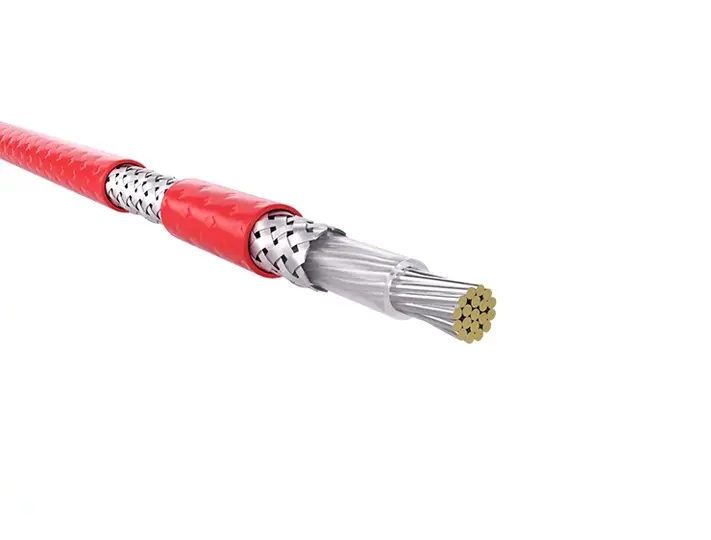Steam tracing is a thermal insulation method that uses steam to maintain or raise the temperature of industrial pipes, vessels, or equipment. Here’s a breakdown of its applications, benefits, and considerations:
Key Applications
Freeze Protection
Prevents fluids (e.g., water, fuel, chemicals) in pipes or tanks from freezing in cold climates.
Critical for fire sprinkler systems, emergency showers, and outdoor storage tanks.
Temperature Maintenance
Ensures viscous fluids (e.g., heavy oils, molasses) remain flowable.
Maintains process temperatures in chemical reactors, heat exchangers, or distillation columns.
Condensation Prevention
Stops moisture from condensing on cold surfaces (e.g., gas pipelines), avoiding corrosion or water hammer.
Building Systems
Heats domestic hot water pipes, radiant floor heating systems, or snow-melting driveways in commercial buildings.
Power Generation
Protects cooling water pipes in nuclear, fossil fuel, or hydroelectric plants from freezing.
Advantages
High Heat Capacity: Steam provides efficient heat transfer due to its high latent heat.
Cost-Effective: Low operating costs in facilities with existing steam infrastructure.
Durability: Simple mechanical design with fewer electronic components (compared to electric tracing).
High-Temperature Suitability: Effective for applications requiring temperatures above 200°C (392°F).
Limitations
Steam Supply Dependency: Requires a reliable steam source, limiting use in remote or non-industrial settings.
Maintenance Needs: Prone to leaks, corrosion, or blockages in steam traps. Regular inspections are necessary.
Slow Response: Temperature adjustments take longer than electric systems due to steam’s thermal inertia.
Energy Waste: Steam may lose heat to the environment before reaching the target, reducing efficiency in long runs.
Comparison to Electric Tracing
Aspect Steam Tracing Electric Tracing
Energy Source Steam (boiler or industrial process) Electricity
Installation Complex piping; higher upfront cost Simpler wiring; lower upfront cost
Control Manual valves or automated controls Programmable thermostats or sensors
Environmental Impact Potential heat loss Precise energy use
Best For High-temperature, large-scale systems Remote, hazardous, or complex layouts
Modern Alternatives
In recent years, electric heat tracing (self-regulating cables) has become popular for its ease of installation, precise control, and lower maintenance. However, steam tracing remains dominant in heavy industries with existing steam networks, such as refineries, pulp/paper mills, and power plants.
In summary, steam tracing excels in high-temperature industrial applications where steam is readily available, but it requires careful maintenance and infrastructure investment. For smaller or remote systems, electric tracing is often more practical.







